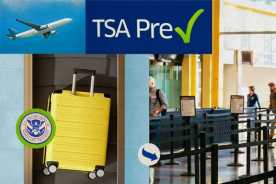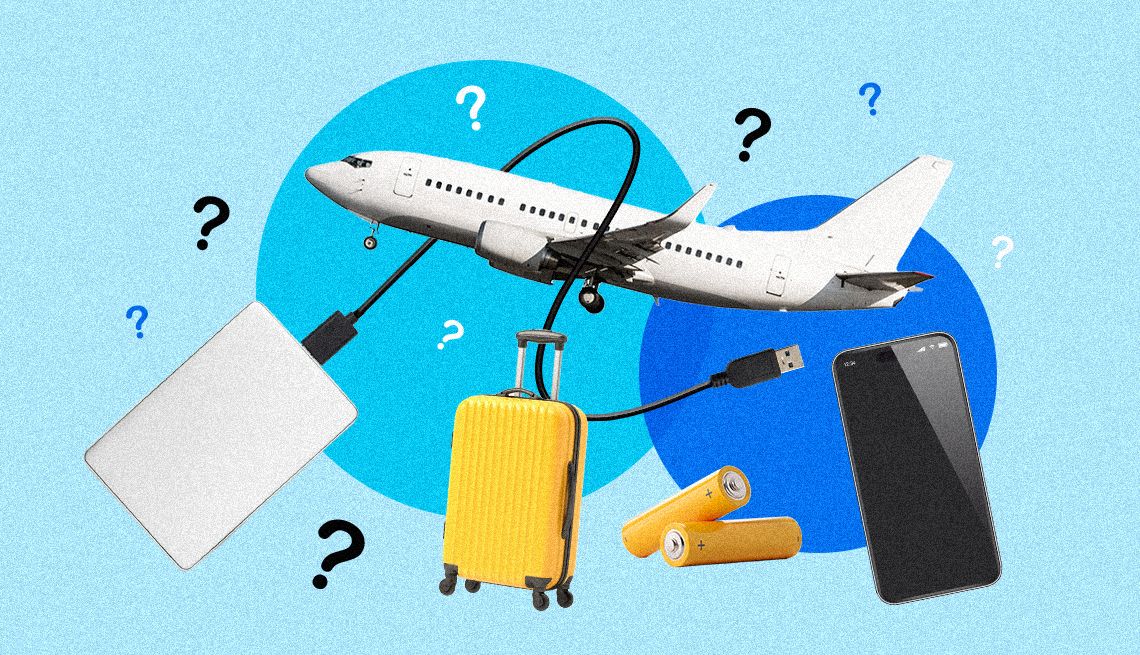AARP Hearing Center
There’s a lot of travel advice out there — not all of it good.
Policy changes and plain old bad information can lead travelers to make choices and assumptions that don’t serve them, or their pocketbooks, well.
Ensuring you’re working with travel truths is smart for anyone who’s on a fixed budget or keen to reduce common travel stressors. The latter is especially important to those with anxiety, which is one of the most common mental health challenges among older adults, according to the National Council on Aging.
Discover the facts behind the following myths so you can book smarter and travel better, saving time, money and headaches along the way.


Myth No. 1: Book flights as early as possible to get the best price.
Picture an upside-down bell curve, says Sally French, travel expert at NerdWallet. Flight prices tend to be high far in advance and right before departure, with the best prices falling somewhere in between. This usually penalizes eager beavers and last-minute bookers; domestic travelers who purchase within the one- to three-month window prior to departure do the best, according to Expedia’s “2025 Air Hacks” report. Use an online flight tracker, such as Google Flights, Skyscanner or Kayak, to alert you when it’s your flight’s optimal purchase time.


Myth No. 2: Recirculated cabin air makes you sick.
It’s hard not to imagine all the possible bacteria and viruses floating around in an airplane as you sit shoulder-to-shoulder with scores of other passengers. That cabin air, however, is not as germ-riddled as you might think, says Patrick Smith, an airline pilot, air travel blogger at Ask the Pilot and author of Cockpit Confidential. “Generally speaking, the air quality in an airplane is no germier than any other public space and, often, much less so. The filters are surprisingly effective,” he says. “There’s a complete turnover of air volume every few minutes.”
You’re much more likely to get sick from something you touch on an airplane versus something you breathe, he says, calling out lavatory door handles, toilet flushers and tray tables as common culprits truly deserving of your sanitizing wipes.


Myth No. 3: There’s a perfect day of the week to book a flight.
Gone are the days of regular airline pricing patterns and, with them, a specific best day to buy. Now pricing is dynamic and AI-informed, says Chris Nelson, a credit cards writer at The Points Guy. “It’s kind of just a crapshoot,” he says. Better to set a price-drop alert on an online flight tracker (such as the ones mentioned in Myth No. 1).










































































